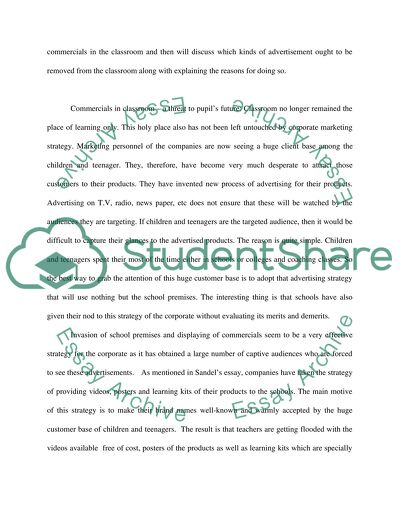Cite this document
(“Commercials in classrooms Essay Example | Topics and Well Written Essays - 1500 words”, n.d.)
Commercials in classrooms Essay Example | Topics and Well Written Essays - 1500 words. Retrieved from https://studentshare.org/miscellaneous/1552295-commercials-in-classrooms
Commercials in classrooms Essay Example | Topics and Well Written Essays - 1500 words. Retrieved from https://studentshare.org/miscellaneous/1552295-commercials-in-classrooms
(Commercials in Classrooms Essay Example | Topics and Well Written Essays - 1500 Words)
Commercials in Classrooms Essay Example | Topics and Well Written Essays - 1500 Words. https://studentshare.org/miscellaneous/1552295-commercials-in-classrooms.
Commercials in Classrooms Essay Example | Topics and Well Written Essays - 1500 Words. https://studentshare.org/miscellaneous/1552295-commercials-in-classrooms.
“Commercials in Classrooms Essay Example | Topics and Well Written Essays - 1500 Words”, n.d. https://studentshare.org/miscellaneous/1552295-commercials-in-classrooms.


